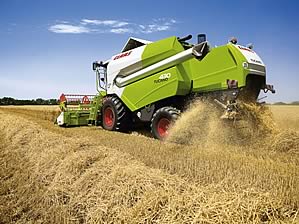 |
|||||||||
|
|||||||||||||||||||
|
|
Growers
Increase Second Wheat Precision 28/08/07 UK growers planning to expand their second wheat acreage or return to the crop this autumn will be doing so with noticeably greater precision than in the past, suggests a new study of variety priorities by robust wheat breeding leaders, RAGT Seeds.
The summer study, involving more than 300 growers across the country responsible for over a quarter of a million acres of wheat, reveals a high Recommended List second wheat rating as by far their most important variety selection criterion. More than 80% of those interviewed, indeed, rated this
as one of their three most important requirements in choosing
a second wheat compared to just over 30% mentioning the
more widely available headline RL treated yield rating. “The experience of several years of questionable
profitability is having a valuable effect on growers’ attitude
to second wheat,” comments study co-ordinator, Chris
Black. “While a high treated RL yield rating remains
an important requirement for wheat growers in general,
where second wheats are concerned they are far more interested
in performance ratings from the HGCA’s second cereals
sites. “They are clearly seeing second wheat as a distinctly
different crop from first wheat as they look to increase
cereal growing in response to the marked improvement in
prices and lifting of set-aside constraints. This is particularly
encouraging in view of the overwhelming evidence we now
have of the extent to which some varieties under-perform
while others excel as second wheats.
|
||||||||||||||||||

|
|
||||||||||||||||||
| home | agri-services | pedigree
pen | news | dairy | beef | machinery property | organisations | site map |
|||||||||||||||||||

